5 Potential Dangers of Eating Soy
Some people think soy is a great plant-based protein option, but what are the dangers of eating soy? Learn about the potential risks and benefits, plus some ways to consume soy safely.
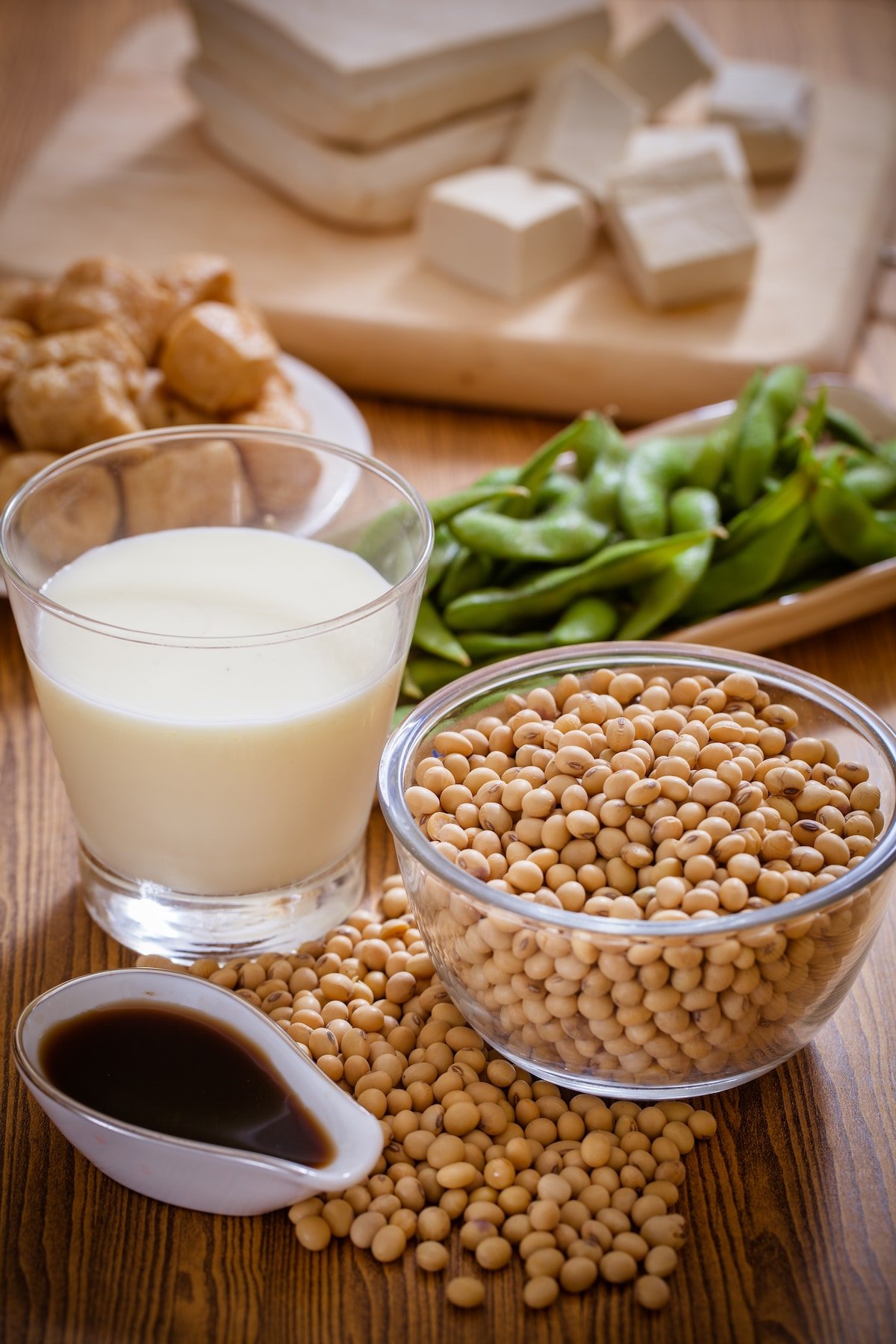
With the rise in popularity of vegetarian and vegan diets, soy has become more and more popular as a source of plant-based protein. Soy is an incredibly versatile food that can be served as a whole food, or used in tons of processed foods including fake meats, non-dairy milk, soy protein powder, and infant formulas.
One cup of boiled soybeans contains about 29 grams of protein which is comparable to the protein found in a serving of meat. Soy also contains vitamins and minerals such as copper and phosphorus and contains all the essential amino acids.
There are some health concerns around soy consumption, though.
The Paleo diet movement in particular, has helped highlight the potential dangers of eating soy, ranging from the phytoestrogens present in soy to the high levels of antinutrients in soy.
Where is soy in food?
In the United States, soy is most commonly consumed as a replacement for animal products, as an emulsifier in processed foods, or in soy sauce.
You’ll also find soy in these common products:
- Soy infant formula, as a replacement for breast milk or milk-based formula for infants,
- Chocolate bars, processed foods, and some supplements as soy lecithin used to preserve shelf life and improve texture,
- Tempeh and tofu, as a replacement for meat,
- Soy milk, as a replacement for dairy milk,
- Condiments such as soy sauce or miso paste used to add flavor to traditional Asian dishes,
- Natto and edamame, as snacks or side dishes,
- Soy protein isolate, as plant-based protein powder, either used alone as a powder supplement or used in protein bars,
- Processed and conventional meat: even though soy is used as a meat alternative, it has also been used as a filler in processed meat and the diets of conventionally-raised animals are often supplemented with GMO soy feed.
Potential Dangers of Eating Soy
Soy is controversial for a few different reasons, the most common being the isoflavones present in soy (see below for more information).
Soy is also one of the top 8 allergens in the United States–such a highly allergenic food invites controversy, whether founded or not, unto itself. Other controversial characteristics of soy include GMOs, antinutrients, and goitrogens.
Here is some more in-depth information about each controversial characteristic of soy. Keep in mind that there are no conclusive results on the dangers of soy. Whole soy foods or soy protein isolates will affect different people in different ways.
You also have to take into account your other risk factors such as your risk of heart disease, breast cancer risk, and other issues. Your gender and age may also make a difference! Premenopausal women and postmenopausal women may have different results from soy phytoestrogens.
Ultimately, it’s a personal decision as to whether or not you choose to consume soy or its isolates. The intention of this article is to make you aware of some of the potentials pros and cons, plus some ideas for how to consume soy with the least potential adverse effects.
1. Manipulation of estrogen
Soy isoflavones, also known as phytoestrogens, are particularly concentrated in soy foods.
These natural compounds have a chemical structure similar to the human hormone known as estrogen. These phytoestrogens can attach to estrogen receptor sites in the human body and affect natural estrogen production and metabolism.
The possible manipulation of estrogen levels as a result of eating soy or soy products is a big potential danger of eating soy. The potentially harmful effects may be exacerbated with non-organic, highly processed forms of soy.
Having excess estrogen in the body can have an array of health consequences. These include, but are not limited to: breast cancer (though some research indicates a lower risk of breast cancer in women who consume soy), estrogen dominance, acne due to imbalanced hormones, endometriosis, male infertility (though more research is needed), and–in rare cases–gynecomastia (male breast growth).
2. GMOs
Most of the soybeans in the United States come from genetically modified soybeans.
GMOs were only introduced to the public food supply in 1994 and there has been no opportunity to conduct long-lasting studies of the effects, safety, or long-term risks of GMO-containing diets.
3. Antinutrients
Soy, like other legumes, is high in phytic acid. Phytic acid is an antinutrient, meaning it is the plant’s natural protective system that impedes the absorption of nutrients when consumed.
If you’re eating soy for the high levels of nutrients, some of them (like iron) are bound to antinutrients and are therefore unavailable to your body. Antinutrients can even bind to other minerals and vitamins present in your body, leaching them from you.
4. Goitrogens
Soy contains naturally higher levels of goitrogens, which can interfere with proper thyroid function when consumed in excess.
Some healthcare practitioners may even advise people to avoid consuming soy up to 4 hours after taking thyroid replacement hormone. Better yet, people who have thyroid issues may wish to avoid soy products altogether.
5. Allergens
As mentioned above, soy is one of the most allergenic foods. If you have a soy allergy, you may experience allergic reactions when consuming it.
If you have a lot of food allergies or have digestive or breathing problems after eating soy, you will likely need to avoid it.
Potential Benefits of Eating Soy
Some health experts encourage the consumption of soy for its health benefits and as a replacement for animal protein.
Like most foods, there are both downsides and upsides to consuming soy. Keep in mind that when consuming soy, you’ll get the most nutrient density from organic, non-GMO soy in its whole form.
Here are some commonly perceived benefits of eating soy and the associated research.
1. Possible Lower Risk of Breast Cancer
Some research has shown that females who consume soy prior to and during pre-adolescent breast development have a lower risk for breast cancer later in life.
For instance, studies of Asian women from Asian countries seem to get a protective effect from consuming more soy products than women from the West.
It’s possible that these benefits may extend to males in the form of lower risk of prostate cancer, but more human studies and clinical studies are needed.
2. Lower LDL (“bad” cholesterol)
Though soy has been touted as beneficial for lowering high levels of low-density lipoprotein (LDL), the amount is indirect and not significant.
So, while there may be a small cholesterol-lowering benefit from eating soy, it is likely to be negligible.
3. High in nutrients
Soy is particularly high in iron, calcium, potassium, phosphorus, and copper.
It’s also a plant-based source of protein, although you may want to avoid “fake” soy-based meats (see my related article on the potential dangers of plant-based meats).
4. Lowers blood pressure
There is data to suggest that soy is hypotensive, meaning it helps lower blood pressure, and therefore can reduce the risk of cardiovascular disease.
Safer soy consumption
If you choose to incorporate soy into your diet, it’s best to be sure you’re consuming it in moderation and that you’re getting high quality, properly prepared soy.
Ideally, the soy you consume should be:
- Organic: almost all of soy in the United States is genetically modified, but you can avoid both GMOs and heavy pesticide use by choosing certified organic soy.
- Soaked and sprouted: like all legumes and beans, the digestibility of soy can be improved through soaking and/or sprouting. This traditional method of preparation lowers antinutrients and makes it easier to digest (though a significant amount of the antinutrients still remain).
- Fermented: fermented soy products like tempeh and natto offer an impressive nutrient profile, probiotics, and increased digestibility.
- Whole: choose whole soy foods such as soy beans or tofu. Avoid soy protein isolate which is a highly processed food.
FAQs About Eating Soy Foods
Soy has a variety of benefits and risks. Its macronutrient profile is more desirable than other beans or legumes as it is higher in protein and fats and lower in carbohydrates. Soy also contains a relatively high level of vitamins and minerals.
On the other hand, soy’s isoflavones and antinutrients may have detrimental effects on hormone levels, digestion, and nutrient absorption.
Some believe the negative impacts of soy outweigh the potential benefits. Soy is particularly high in isoflavones–these naturally occurring phytoestrogens can mimic estrogen in the body, attaching to estrogen receptors and contributing to excess levels of estrogen in the body.
We’re already exposed to higher levels of estrogen than ever before due to xenoestrogens, which are environmental estrogens found in plastic, personal care products, and medications such as birth control. High xenoestrogen exposure, poor diet, and lifestyle (which inhibits proper estrogen metabolism and overall hormonal balance), and excess consumption of phytoestrogens can all contribute to estrogen dominance in women.
Don’t Miss These Helpful Health Articles
Conclusions
There are some potential dangers of eating soy, especially processed forms. However, if you still wish to include soy in your diet, consume properly prepared, high-quality soy in moderation.
Don’t forget to join my newsletter list to get exclusive clean eating recipes and tips. The newsletter is 100% free with no spam; unsubscribe anytime.
About the Author: Carrie Forrest has a master’s degree in public health with a specialty in nutrition and is a certified holistic nutritionist. She is a top wellness and food blogger with over 5 million annual visitors to her site. Carrie has an incredible story of recovery from chronic illness and is passionate about helping other women transform their health. Send her a message through her contact form.
Note: this post is for informational purposes only and is not intended as medical advice. Please consult your healthcare provider for recommendations related to your individual situation.


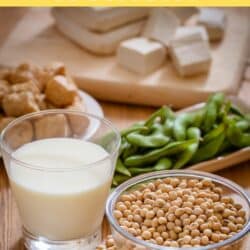


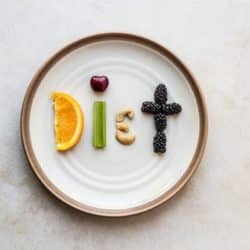








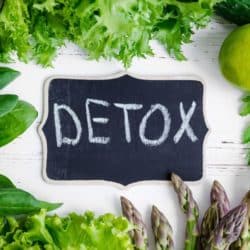
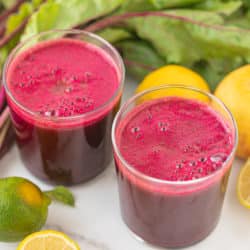





I believe you really saved my life with all of the information you provided Carrie! Good on you! stay strong and stay motivated!
Amanda
Wow, really?! Thank you, Amanda!!! I hope you are doing well.
This is my first time hearing that eating soy can be dangerous. I know that people who suffer from kidney disease need to be careful with how much protein they take, but not specifically in soya.
This blog about soy is so interesting! I would love to know more about dangers of eating soy. Thanks for sharing.
Interesting article! I have been eating a lot of tofu and tempeh lately. Might switch up my protein sources and add in more beans/legumes. Sheesh, somedays it feels like nothing is safe to eat. My husband and I switched to a more plant based diet 1 year ago and I am still working out how to get enough protein.
I know someone who drink it to make their skin softer. Dunno if it is true?
I don’t know for other people but in my experience, my friend offered me soy base drink and got my skin reacted to that drink and I am not sure if I am allergic or what felt itchy in my mouth area and my lips got swollen. Again not sure if soy was the cause of that.
I have cut way back on tofu & admit it has improved my gut health. I am a vegetarian and tofu & beans were a larger part of my diet but since limiting these, my thyroid symptoms seem to be better. Hashimoto’s here.
That’s really great to hear, Paula! I’m so glad you’re doing better!!!
But what about people in Asia who consume lots of soy products: soy milk, soy sauce, tofu in all its variants, and more? What does the medical literature say about their rates of disease resulting from soy consumption? I’m also wondering if soy consumption and the phytoestrogens in soy may contribute to growths in the uterus? Curious what you think. Thank you for such a great article.
Great question! My understanding is that Asian cultures don’t consume as much processed soy as Americans do. I’d have to do more research to answer your other questions. I still think the safer soy consumption recommendations are appropriate for most people (2-3 servings per week, unprocessed or fermented forms, avoid if autoimmune disease, etc).
I heard that pressure cooking for example n a instant pot for legumes and quinoa that the pressure cooking helps to get rid the things you mentioned above.
I have heard that too! Another reason to use the pressure cooker! 🙂